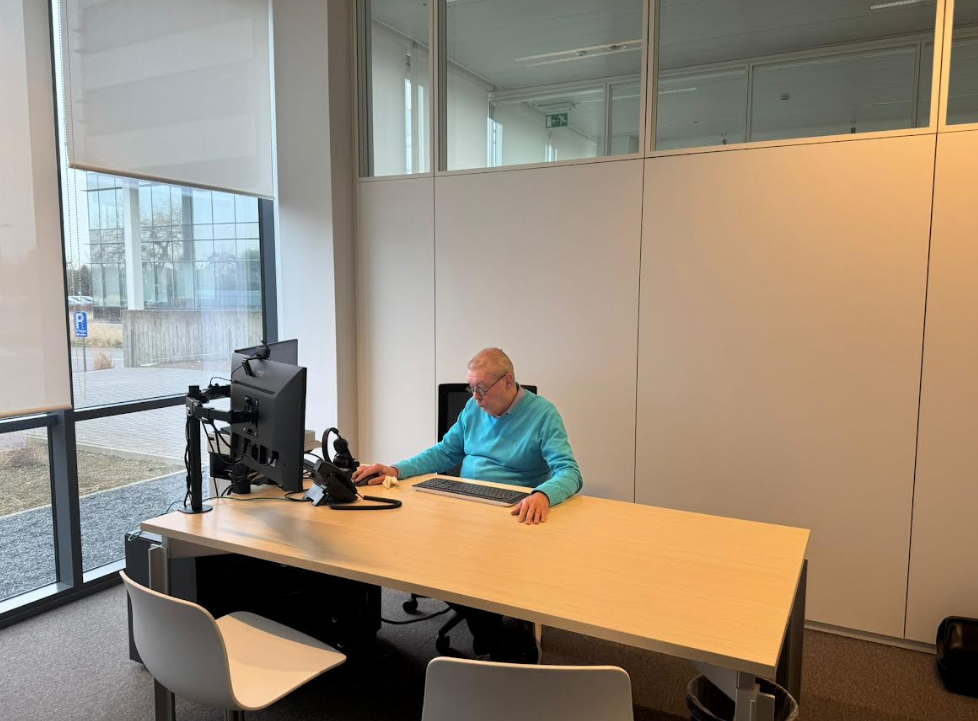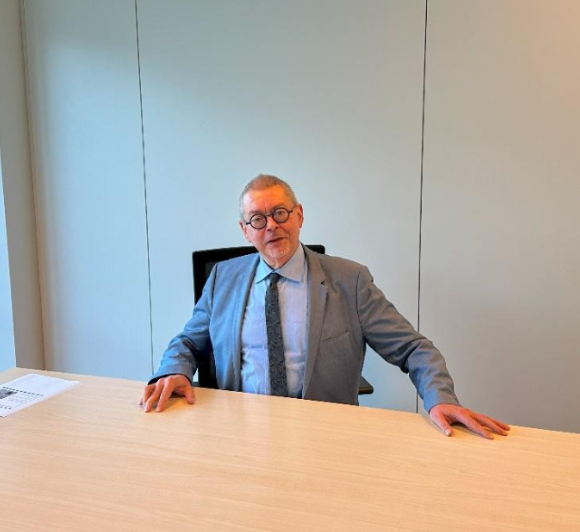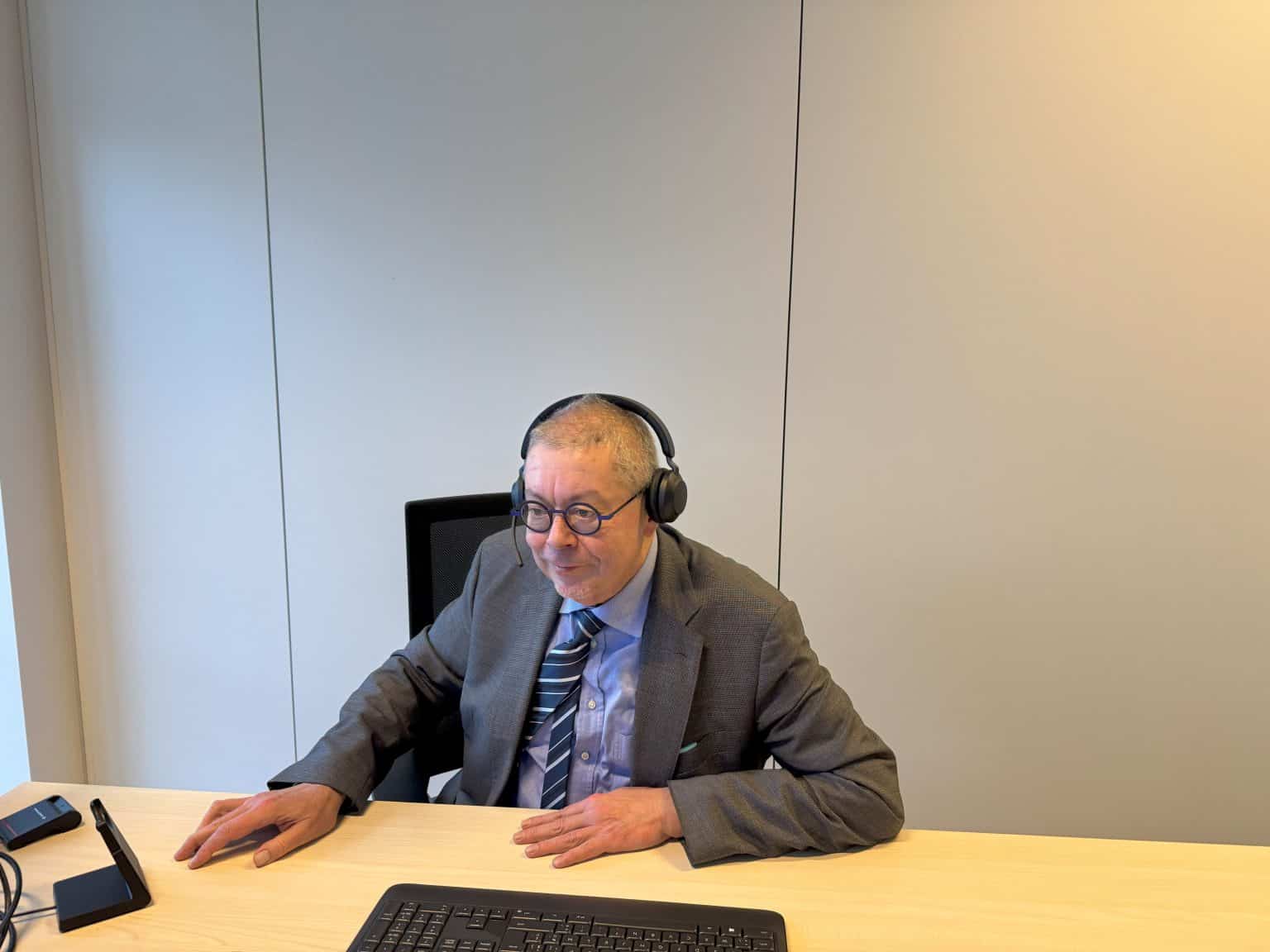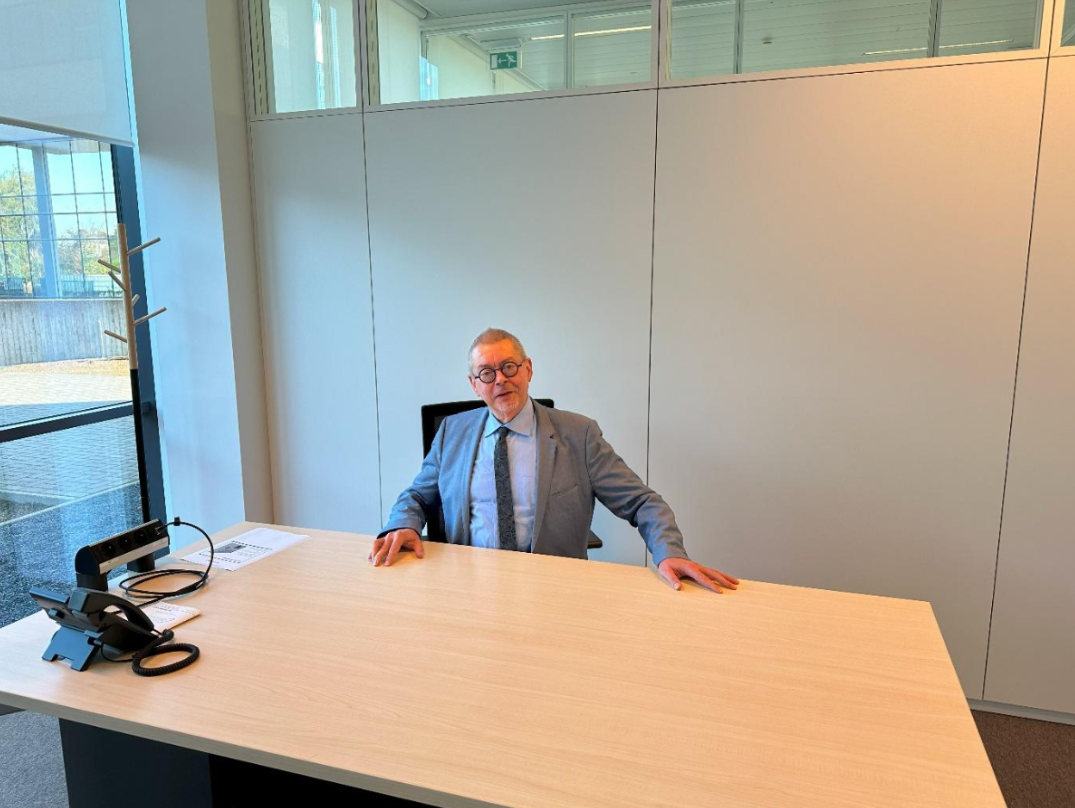
More burnout and mental suffering, but who is listening?
Reading Time: 5 minutes
An alarming increase in mental suffering
In a previous article, I already addressed the marked increase in burnout and psychological suffering. I have also seen this evolution taking place in my own practice in recent years. Perhaps I used to be less aware of it, yet I am convinced that what I see now – burnout, exploitation, workplace bullying, mental health issues due to trauma – was not occurring to the same extent as it is today. It may have been there, but less pronounced and especially less frequent.
The trend worries me and I think it is important to inform people about it. We need to become more aware of this as a society. Whether I can actually change anything by speaking and writing about it, I do not know, but I do not want to sweep this uncomfortable truth under the rug. Hence the publications on my website on topics such as work disability, burnout and addiction.
The biggest problem with such situations is that those involved are often poorly informed about what is happening to them and why certain decisions are being made. For many, the rules remain a jumble of vague information. There is little explanation, and even less dialogue. It is rarely discussed what certain decisions mean to them or what choices they themselves would like to make. That is precisely where the rub lies: at the moment when they need it most, patients end up in a system that does not see and hear them enough – because the health care system is in danger of being blinded by procedures and regulations, losing sight of the human being.
Not all problems can be ‘measured’
Take the example of a woman embroiled in a legal process. She suffers from fibromyalgia, struggles with mental health issues and lives with chronic pain – conditions that can’t be easily captured or measured. That is exactly where the problem lies.
In medicine, a diagnosis only really weighs in when it is objectively measurable. Say “cancer” or “rheumatoid arthritis” and every doctor nods in agreement: clear conditions, confirmed with scans or blood tests. But what if symptoms cannot be captured in numbers or images? What if someone is stuck in psychological suffering, struggling with themselves or a difficult environment? After all, traumas that affect the individual’s capacity to carry are not demonstrated with a test or sample.
That very fact often makes such problems less legitimate in the eyes of the assessing authorities. That woman, who had been disabled for a long time, suddenly had to go back to work. It was assumed that she was capable of doing so. Moreover, it sounded during her trial, she had “received several offers to start a care program” – an accusation suggesting that she was not making sufficient efforts to recover.
So what does such an “offer” mean in practice? It turned out to be a casual remark by the consulting physician: no overview of options, no conversation about her needs or how she could embark on that trajectory. When that casual remark later appeared in black and white in her file, it felt wry. How meaningful is an offer if the person does not understand what it entails or the consequences?
Patients all too often get lost in a forest of regulations. They receive too little explanation, don’t know where to start or how to restart. What is needed is an eye-level approach: clear communication, sincere dialogue and guidance that goes beyond a few isolated words. This is too often lacking now.
Patients are insufficiently informed
I also remember a patient from years ago. She had been declared incapacitated and was later reproached from the hospital for not submitting the proper documents for this. “No one ever told me that,” she replied in surprise. The response was as baffling as it was telling: “Yes, but everyone knows that, don’t they?” Should everyone just have to know how such complex procedures work?
What if someone has difficulty reading or writing? What if someone gets lost in the maze of rights and obligations that are sometimes hard to fathom even for experts? Anyone who wants to empower people to make informed decisions must give them the correct information. Clear, understandable and at the right time. Anything less than that is not a misunderstanding, but an injustice. Enabling people to make informed decisions is only possible if we give them the right information. That is the basis for all communication, isn’t it?
A label should not be a problem
Moreover, in psychiatry there is also a great deal of secrecy. People rarely say, “Mr. or Mrs., you are bipolar” or “you are schizophrenic.” Those are difficult words. How are those people going to react? Are they going to understand? Well, I think – and I know I’m not alone in this – that as doctors we have to name it. Name it and explain it with understandable language, not stigmatizing and especially: in a way that enables someone to deal with it. Yes, it is complex to explain what schizophrenia is. Or what it means to be bipolar.
Difficult is not impossible. We sometimes forget that those labels, as medical as they sound, do not merely describe disease states. They are about a different way of being, which is less easily accepted in our society. This lack of understanding often starts at school, where deviations from the norm are more quickly seen as problematic than as different. Exactly there lies a challenge we can no longer avoid.
Understanding begins not with simplifying realities, but with a willingness to explain them. This must happen during an eye-level conversation, with both parties taking turns listening and talking, in order to hear and express the truth above all. Diagnoses may sometimes be relative, but they should never become a “knee corset” for that person. A diagnosis is like a pair of crutches: a temporary aid that provides support to move forward, but that you set aside as soon as you can do without.

This bromeliad was given to me by a grateful patient.
Medical science is the backbone of healthcare, but translating it into everyday healthcare practice is a challenge in itself. For family physicians, the essence of their profession lies not only in diagnoses and treatments, but especially in the relationship of trust they build with their patients. Not every healthcare relationship goes smoothly, and sometimes things go wrong. But when a patient, after years of medical care, comes to say goodbye with a small gesture of gratitude, it underscores the deeper meaning of the profession. It is a tangible recognition of care that extends beyond the medical alone.
A new time is dawning, but with a veil of uncertainty. Perhaps I can continue to provide care for another three years or so, as long as the demand is there. And if it disappears? Then I’ll just stop. At least, that’s what I say now. But deep down, I know better. The care, the people, the connections … I would miss it anyway.
Link to my appointment calendar: https://drpetervanbreusegem.be/
Recente bijdragen
The will to continue to help
It was hard for me to tell my patients that I would be quitting my practice in Brussels. Perhaps that also explains why I choose to continue in […]
I must tell you something
So where does my motivation to (continue to) help people in emergencies come from? A defining moment in my career was my commitment in the 1980s and […]
Newsletter November 2024
November 2024 Below you can download Peter van Breusegem’s medical newsletter for free. Newsletter November – EN Téléchargez […]

Alle auteurs
- DIS
- Advice from the doctor
- African poetry
- AIDS activism and gay emancipation
- Bibliography of Chris
- Bibliography of Olivier
- Biography of Chris
- Biography of Olivier
- Biography of Patrick
- Blogs
- Chris' Stage
- Columns
- Covid
- Dirk van Babylon Newsletter
- Double calling
- Essays
- Fragile light
- Hanna's Mind Wanderings
- Incapacity for work
- Late Pasquino's
- LEIF doctor
- Liechtensteiner
- Medical newsletter
- Memoirs of a general practitioner
- Miguel Molinos
- Moctines
- Musings
- Myriad
- Practice in Erembodegem
- Resignation
- Sleep problems
- Sonnets
- Sprawl Month
- Substance abuse and addiction
- Travel
- Uncategorized
- Vi to
- Vögels
- Voluntary euthanasia
- Weltschmerz
- Wormwood or The dose makes the poison
- kapper
- Advice from the doctor
- African poetry
- AIDS activism and gay emancipation
- Bibliography of Chris
- Bibliography of Olivier
- Biography of Chris
- Biography of Olivier
- Biography of Patrick
- Blogs
- Chris' Stage
- Columns
- Covid
- Dirk van Babylon Newsletter
- Double calling
- Essays
- Fragile light
- Hanna's Mind Wanderings
- Incapacity for work
- Late Pasquino's
- LEIF doctor
- Liechtensteiner
- Medical newsletter
- Memoirs of a general practitioner
- Miguel Molinos
- Moctines
- Musings
- Myriad
- Practice in Erembodegem
- Resignation
- Sleep problems
- Sonnets
- Sprawl Month
- Substance abuse and addiction
- Travel
- Uncategorized
- Vi to
- Vögels
- Voluntary euthanasia
- Weltschmerz
- Wormwood or The dose makes the poison
- Marforio
- Advice from the doctor
- African poetry
- AIDS activism and gay emancipation
- Bibliography of Chris
- Bibliography of Olivier
- Biography of Chris
- Biography of Olivier
- Biography of Patrick
- Blogs
- Chris' Stage
- Columns
- Covid
- Dirk van Babylon Newsletter
- Double calling
- Essays
- Fragile light
- Hanna's Mind Wanderings
- Incapacity for work
- Late Pasquino's
- LEIF doctor
- Liechtensteiner
- Medical newsletter
- Memoirs of a general practitioner
- Miguel Molinos
- Moctines
- Musings
- Myriad
- Practice in Erembodegem
- Resignation
- Sleep problems
- Sonnets
- Sprawl Month
- Substance abuse and addiction
- Travel
- Uncategorized
- Vi to
- Vögels
- Voluntary euthanasia
- Weltschmerz
- Wormwood or The dose makes the poison
- Michiel Hillen
- Advice from the doctor
- African poetry
- AIDS activism and gay emancipation
- Bibliography of Chris
- Bibliography of Olivier
- Biography of Chris
- Biography of Olivier
- Biography of Patrick
- Blogs
- Chris' Stage
- Columns
- Covid
- Dirk van Babylon Newsletter
- Double calling
- Essays
- Fragile light
- Hanna's Mind Wanderings
- Incapacity for work
- Late Pasquino's
- LEIF doctor
- Liechtensteiner
- Medical newsletter
- Memoirs of a general practitioner
- Miguel Molinos
- Moctines
- Musings
- Myriad
- Practice in Erembodegem
- Resignation
- Sleep problems
- Sonnets
- Sprawl Month
- Substance abuse and addiction
- Travel
- Uncategorized
- Vi to
- Vögels
- Voluntary euthanasia
- Weltschmerz
- Wormwood or The dose makes the poison
- Michiel Hillen; Chris Coolsma
- Advice from the doctor
- African poetry
- AIDS activism and gay emancipation
- Bibliography of Chris
- Bibliography of Olivier
- Biography of Chris
- Biography of Olivier
- Biography of Patrick
- Blogs
- Chris' Stage
- Columns
- Covid
- Dirk van Babylon Newsletter
- Double calling
- Essays
- Fragile light
- Hanna's Mind Wanderings
- Incapacity for work
- Late Pasquino's
- LEIF doctor
- Liechtensteiner
- Medical newsletter
- Memoirs of a general practitioner
- Miguel Molinos
- Moctines
- Musings
- Myriad
- Practice in Erembodegem
- Resignation
- Sleep problems
- Sonnets
- Sprawl Month
- Substance abuse and addiction
- Travel
- Uncategorized
- Vi to
- Vögels
- Voluntary euthanasia
- Weltschmerz
- Wormwood or The dose makes the poison
- Olivier Lichtenberg
- Advice from the doctor
- African poetry
- AIDS activism and gay emancipation
- Bibliography of Chris
- Bibliography of Olivier
- Biography of Chris
- Biography of Olivier
- Biography of Patrick
- Blogs
- Chris' Stage
- Columns
- Covid
- Dirk van Babylon Newsletter
- Double calling
- Essays
- Fragile light
- Hanna's Mind Wanderings
- Incapacity for work
- Late Pasquino's
- LEIF doctor
- Liechtensteiner
- Medical newsletter
- Memoirs of a general practitioner
- Miguel Molinos
- Moctines
- Musings
- Myriad
- Practice in Erembodegem
- Resignation
- Sleep problems
- Sonnets
- Sprawl Month
- Substance abuse and addiction
- Travel
- Uncategorized
- Vi to
- Vögels
- Voluntary euthanasia
- Weltschmerz
- Wormwood or The dose makes the poison
- Patrick Bernauw
- Advice from the doctor
- African poetry
- AIDS activism and gay emancipation
- Bibliography of Chris
- Bibliography of Olivier
- Biography of Chris
- Biography of Olivier
- Biography of Patrick
- Blogs
- Chris' Stage
- Columns
- Covid
- Dirk van Babylon Newsletter
- Double calling
- Essays
- Fragile light
- Hanna's Mind Wanderings
- Incapacity for work
- Late Pasquino's
- LEIF doctor
- Liechtensteiner
- Medical newsletter
- Memoirs of a general practitioner
- Miguel Molinos
- Moctines
- Musings
- Myriad
- Practice in Erembodegem
- Resignation
- Sleep problems
- Sonnets
- Sprawl Month
- Substance abuse and addiction
- Travel
- Uncategorized
- Vi to
- Vögels
- Voluntary euthanasia
- Weltschmerz
- Wormwood or The dose makes the poison
- stadsfiguren
- Advice from the doctor
- African poetry
- AIDS activism and gay emancipation
- Bibliography of Chris
- Bibliography of Olivier
- Biography of Chris
- Biography of Olivier
- Biography of Patrick
- Blogs
- Chris' Stage
- Columns
- Covid
- Dirk van Babylon Newsletter
- Double calling
- Essays
- Fragile light
- Hanna's Mind Wanderings
- Incapacity for work
- Late Pasquino's
- LEIF doctor
- Liechtensteiner
- Medical newsletter
- Memoirs of a general practitioner
- Miguel Molinos
- Moctines
- Musings
- Myriad
- Practice in Erembodegem
- Resignation
- Sleep problems
- Sonnets
- Sprawl Month
- Substance abuse and addiction
- Travel
- Uncategorized
- Vi to
- Vögels
- Voluntary euthanasia
- Weltschmerz
- Wormwood or The dose makes the poison
Over de auteur
Other works by our writers
- November 2025 (1)
- August 2025 (1)
- July 2025 (2)
- March 2025 (3)
- December 2024 (10)
- November 2024 (6)
- October 2024 (3)
- February 2021 (3)
- January 2021 (5)



No comments have been posted yet!